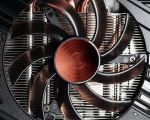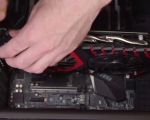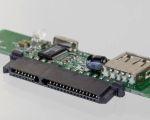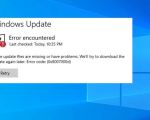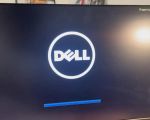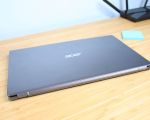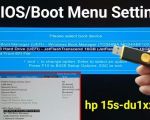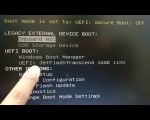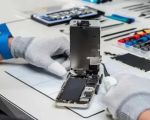How to Boot Windows 7 from USB: A Step-by-Step Guide to Installing Windows 7
- 1. Why You Might Need to Boot Windows 7 from USB
- 2. Preparing the USB Drive for Windows 7 Installation
- 3. Step-by-Step Instructions for Booting Windows 7 from USB
- 4. Troubleshooting Common Issues When Booting from USB
- 5. Best Practices for Installing Windows 7 from USB
1. Why You Might Need to Boot Windows 7 from USB
There are several reasons why you may need to boot Windows 7 from a USB drive. One of the most common scenarios is when you want to reinstall or repair Windows 7 on a computer that does not have a functioning DVD drive. Another situation could involve troubleshooting a system that won't start properly or has become corrupted. Booting from a USB is also a great way to install a fresh copy of Windows 7 on a computer with no optical drive, such as many modern laptops.
Whatever the reason, learning how to boot Windows 7 from USB gives you the flexibility and convenience to address many common Windows issues without needing to rely on CDs or DVDs.
2. Preparing the USB Drive for Windows 7 Installation
Before you can boot Windows 7 from a USB drive, you need to prepare the USB drive itself. Here’s how you can do that:
- Choose the Right USB Drive: Your USB drive should be at least 4GB in size. Make sure it’s empty or that you've backed up any important files on it, as the process will erase all data.
- Download Windows 7 ISO: Go to the official Microsoft website and download the Windows 7 ISO file. Ensure that you choose the correct version (e.g., Home Premium, Professional, etc.) based on your needs.
- Create a Bootable USB Drive: Use a tool like Rufus or the Windows USB/DVD Download Tool to create a bootable USB drive. Select the downloaded ISO file and your USB drive, and follow the on-screen instructions to make the USB drive bootable.
Once your USB drive is prepared, you’re ready to boot Windows 7 from USB and start the installation process.
3. Step-by-Step Instructions for Booting Windows 7 from USB
Follow these steps to boot Windows 7 from your USB drive:
- Insert the USB Drive: Plug the bootable USB drive into a USB port on the computer you want to install or repair Windows 7 on.
- Access BIOS/UEFI: Power on the computer and immediately press the BIOS or UEFI key (usually F2, F12, ESC, or DEL, depending on your manufacturer). This will take you to the BIOS/UEFI setup.
- Change Boot Order: In the BIOS/UEFI, navigate to the Boot menu and set the USB drive as the first boot device. Save the changes and exit.
- Boot from USB: Your computer should now boot from the USB drive. If everything is set up correctly, you will see the Windows 7 installation screen.
- Install Windows 7: Follow the on-screen instructions to install or repair Windows 7. You’ll be asked to choose your language, input method, and to enter your product key. Once you’ve completed the steps, the installation will begin.
With these steps, you’ll successfully boot from your USB drive and start installing Windows 7.
4. Troubleshooting Common Issues When Booting from USB
While the process is generally straightforward, you may encounter some issues when booting Windows 7 from USB. Here are some common problems and how to fix them:
- USB Not Recognized: If your computer doesn’t recognize the USB drive, check if it’s properly inserted, and try another USB port. Make sure the drive is properly formatted and made bootable.
- Boot Order Issue: If the computer doesn’t boot from the USB, revisit the BIOS/UEFI settings and ensure the USB drive is set as the first boot option. Some systems may require Secure Boot to be disabled.
- Corrupt ISO File: If the installation process fails, it might be due to a corrupt Windows 7 ISO file. Download the ISO again from an official source to ensure integrity.
By following these troubleshooting steps, you can resolve most common issues when booting Windows 7 from USB.
5. Best Practices for Installing Windows 7 from USB
Here are some best practices to ensure your Windows 7 installation process goes smoothly:
- Backup Data: Always back up your important data before reinstalling or repairing Windows 7 to avoid losing anything during the process.
- Ensure Sufficient Power: Make sure your laptop or PC is plugged into a power source to prevent it from turning off during installation.
- Use a Reliable USB Drive: For the best results, use a high-quality USB drive. Cheap or unreliable drives may cause installation errors.
By following these best practices, you can make the process of installing Windows 7 from USB much more efficient and risk-free.
If you're looking for a reliable USB drive to create your bootable Windows 7 installer, check out Ninja Stik. Their high-quality USB drives are perfect for creating bootable media and ensuring a smooth installation experience.










